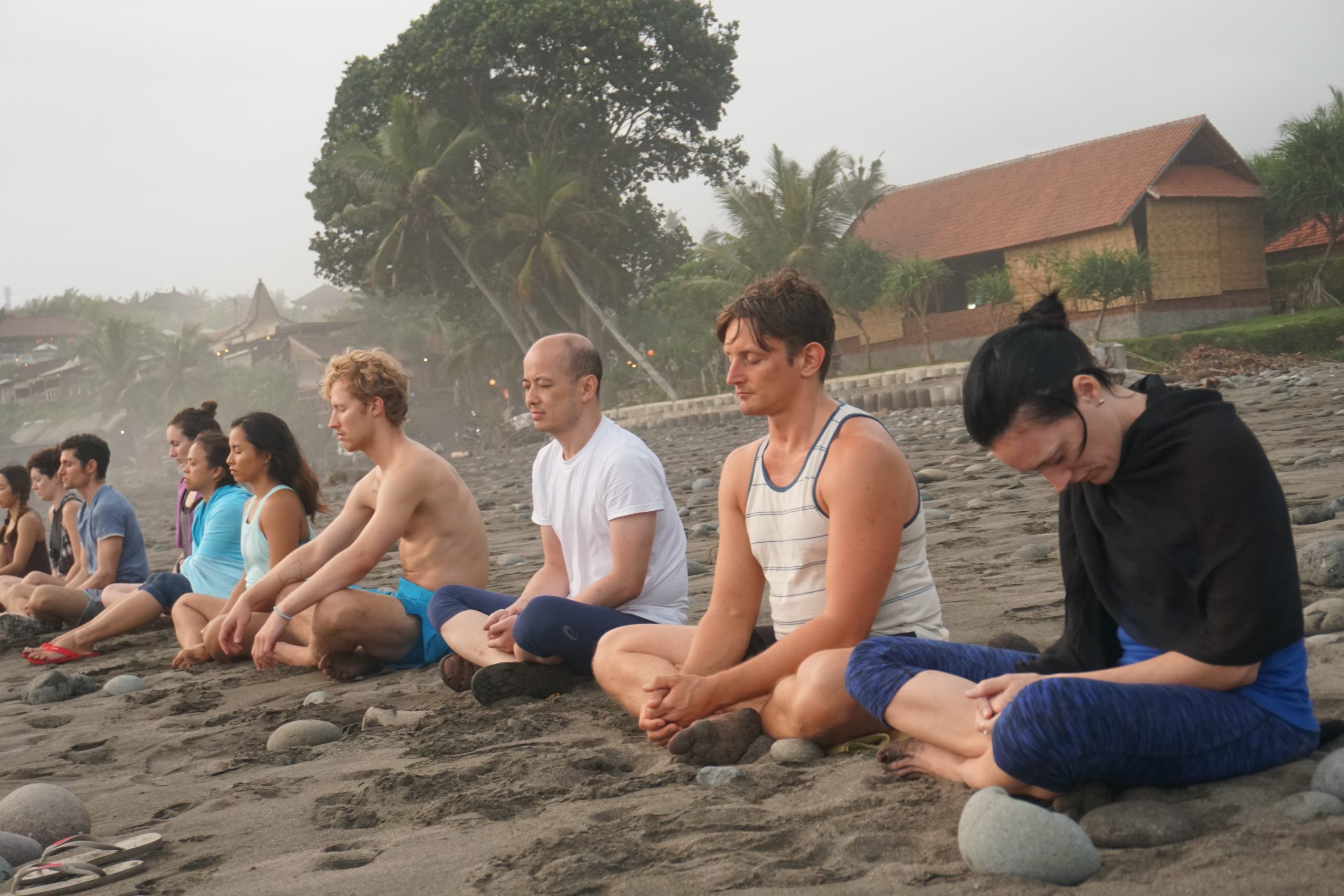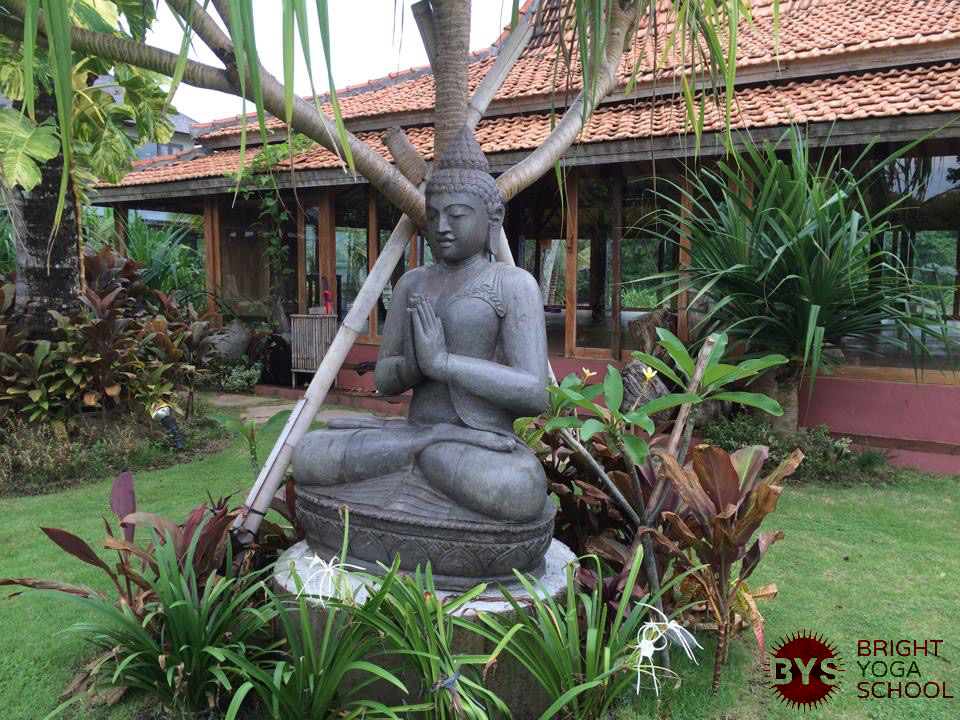In the Ashtanga practice, we use three main ingredients as we move through the asana sequences: Ujjayi Breath, Bandhas, and Drishti. When all these elements are applied in the sequence, you will develop the ability to restrain the modifications of the mind as the power of your concentration increases as well.
Concentration can create a momentary state of calmness and peace; however, there will be moments where this state will cause suppressed thoughts or emotions to rise to the surface of the mind, and it could be quite overwhelming to deal with, as it will create not only a lot of suffering in the mind, but in the body as well. While concentration is important in developing mindfulness and insight, too much concentration will refrain us from seeing and realizing the true nature of our selves, giving us the wrong idea that everything is permanent, that there is no suffering, and that we can control everything.
Observe the nature around you, and notice that everything is in constant change — as in our daily life, job, relationship, family, and so on. We cannot control things 100%, and because we, as human beings, are greatly influenced by the nature around us, we, too, are constantly changing.
Vipassana Meditation, a meditation practice based on mindfulness, is a great tool to help you understand your true nature as it is. It will also help you in adjusting the level of concentration, which will help you realize through direct experience the three characteristics of all natural phenomena, these being:
• Suffering
• Impermanence
• Non-self or Non-control
Understanding this will lead you into a less stressful life, and a life with more compassion and kindness toward yourself and others. Truly understanding that nothing can be controlled all the time, and that change and suffering are part of life, will help you cultivate non-attachment and acceptance. Together, all these wisdom and qualities will improve many aspects of your life, and will give you the experience that you need in order to share all this with others as well.
For this reason, it is important as a yoga practitioner (especially of Ashtanga Vinyasa Yoga) and as a yoga teacher to add a mindful practice into our daily life, as this will help us deal with all the desires or memories that will arise from the asana practice. Having that mindfulness allows us to acknowledge whatever is rising to the surface of the mind, slowly let it go, reducing its imprint within the mind. If the yoga practitioner lacks mindfulness, it will be very easy to be swayed away by the fluctuations of the mind, and perform actions according to these fluctuations.
An example of this are the many cases of sexual assault reported by many yoga students against well-known teachers from different yoga traditions. This is a result of desire – and if desire is not acknowledged, it turns into greed, and if the person lacks mindfulness or does not have enough strength to control him/herself, then something like sexual assault and other types of negative feelings that may arise will drive your actions.
Mindfulness is not difficult to practice; however, it requires patience, time, and dedication. Find the time and space to practice mindfulness in your daily life, and see how it affects not only your practice, but also your life in a positive way.

